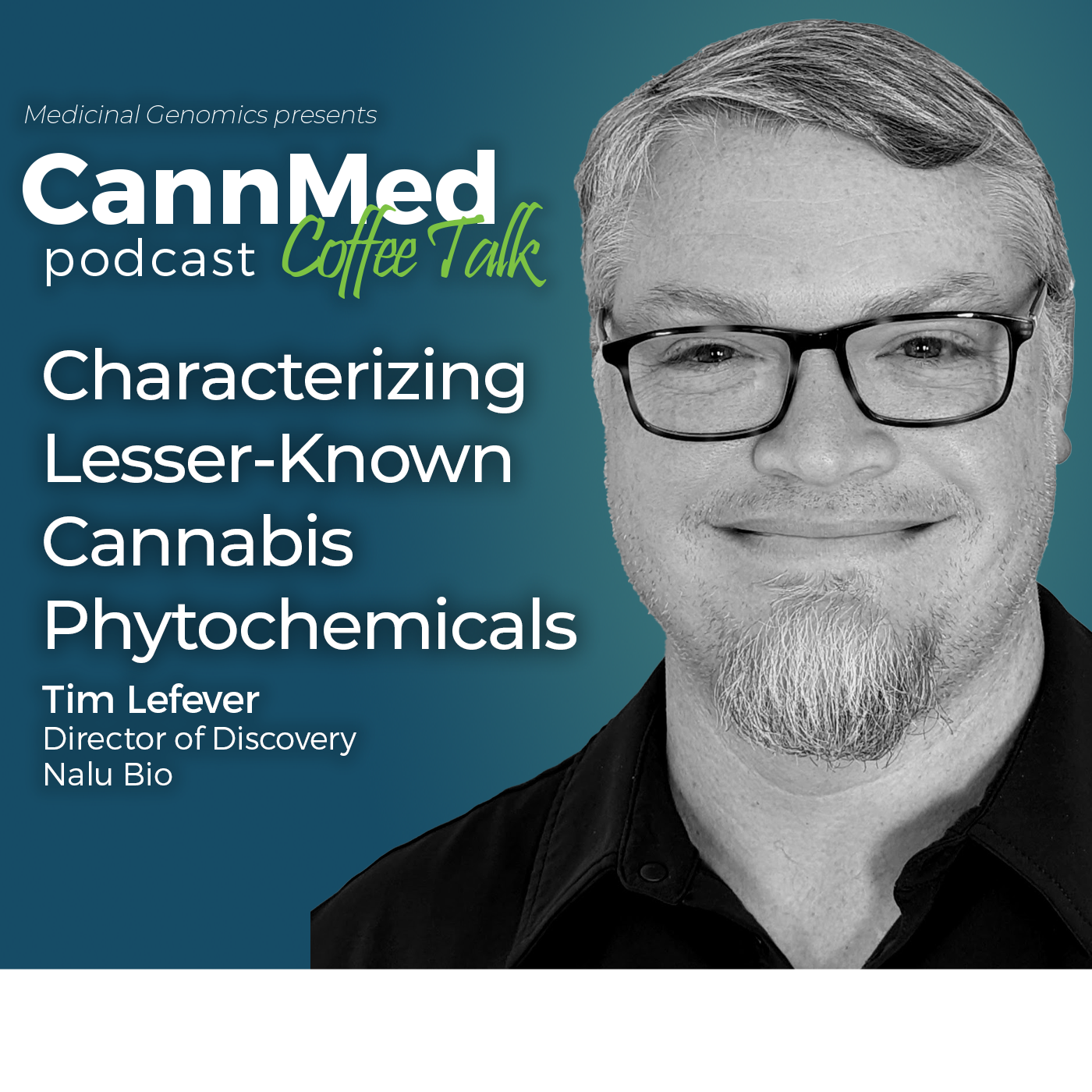
Nalu Bio
SPEAKER
SCIENCE
Objective: Despite the recent popularity of cannabis phytochemicals in the marketplace, little research has been conducted on basic characterization of many of them beyond Δ9-THC, CBD, CBG and CBN. We sought to understand some of the in vitro pharmacology, physicochemical characteristics, DMPK/ADME profiles and in vivo toxicity of the following phytochemicals; Δ8-THCV, Δ9-THCV, CBDV, CBCV, CBGV, CBC and cannflavin a. This initial data set and approach is critical for guiding future studies elucidating potential health benefits and identifying the characteristics that can be approved upon with medicinal chemistry towards viable therapeutics.
Methods: The test articles were investigated for in vitro pharmacology using radioligand binding assays or functional assays (cAMP, arrestin, calcium flux) at the following targets; CB1, CB2, 5HT1a, mu, ppar𝛾, GRP18, GPR55, GPR119, TRPV1, TRPM8 and TRPA1. Physicochemical and DMPK/ADME assays were carried out in duplicate; thermodynamic solubility, logD, MDCK-MDR1 bi-directional permeability, CYP inhibition (8 isoforms) and microsomal stability in human, rat and mouse cells. Finally, toxicity (acute and subchronic) and mechanosensory effects of each test article was carried out across three doses in C. elegans.
Learning Objectives:
- Understand pharmacological, physicochemical and basic toxicological characteristics of phytochemicals
- Review how this approach benefits development of phytochemical candidates for health products or as therapeutics
- Examine how medicinal chemistry and modeling can be used to improve upon these phytochemicals
View CannMed Resources Below:
ATTENDANCE IS LIMITED. THE OPPORTUNITIES ARE NOT.



